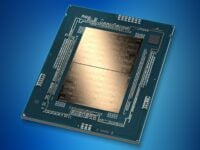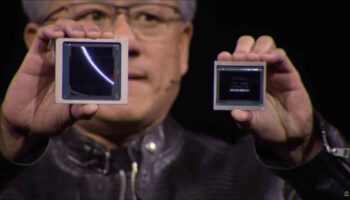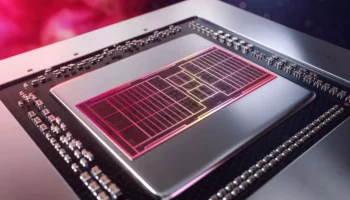AMD’s Radeon RX 6000 graphics cards have seen their performance increase steadily relative to the GeForce RTX 30 series offerings. As per data compiled by 3DCenter, the GeForce RTX 3080 was up to 6.7% faster than the Radeon RX 6800 XT in December 2020 at 4K, and 3-4% faster at 1080p and 1440p. Similarly, the Radeon RX 6900 XT was as much as 11% slower than the RTX 3090 at 4K, reducing the deltas to 4% and 6% at 1080p and 1440p respectively.
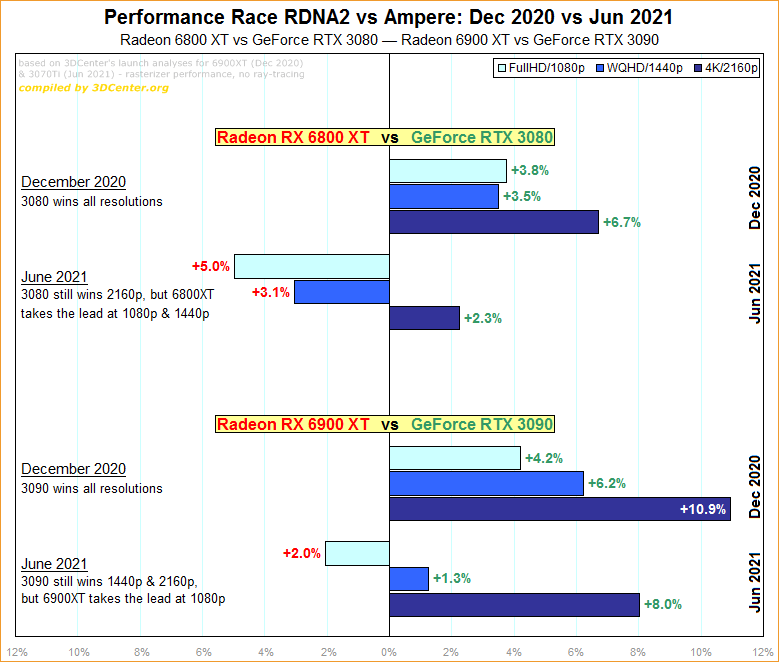
Fast forward to June 2021 (when the RTX 3070 Ti was launched), and the Radeon RX 6800 XT has not only caught up to the RTX 3080 but also manages to beat it by up to 5% at 1080p. At 1440p, the former is 3.1% faster than the latter, and at 4K, the Ampere part is just 2.3% faster than its Navi 2 rival. We see similar results with the RTX 3090-RX 6900 XT charts, although the changes are less pronounced. The RX 6900 XT is now 2% faster than the 3090 at 1080p (previously was 4.2% slower) while nearly leveling with it at 1440p (1.3% slower vs 6.2% earlier). Finally, 4K is still NVIDIA’s turf thanks to the higher external bandwidth on the RTX 3090 (384-bit bus and 19.5Gbps GDDR6X= 936.2 GB/s overall bandwidth), with a lead of 8% over the 6900 XT (compared to 10.9% in December 2020).
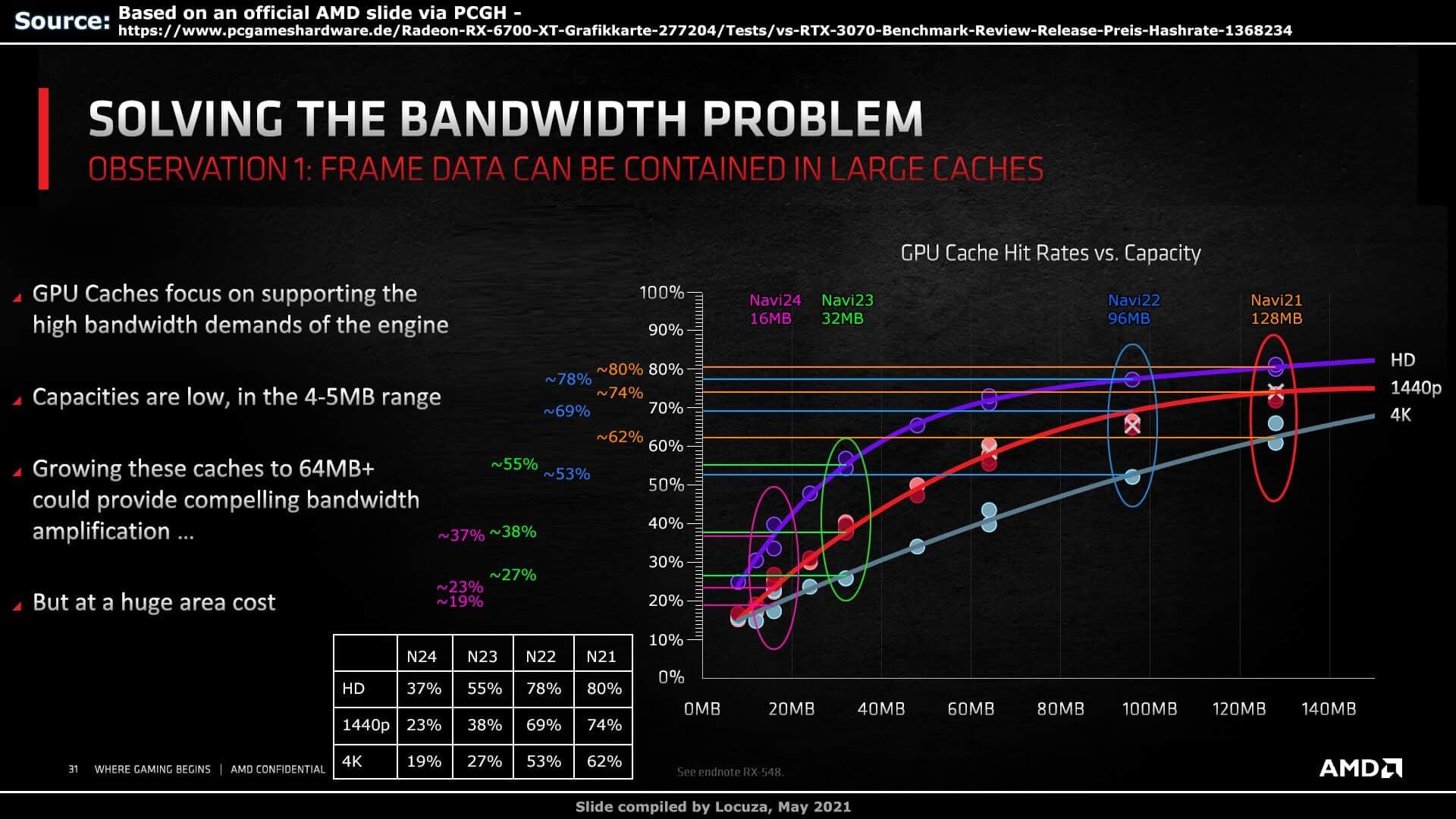
This is primarily due to two reasons: Firstly, the Infinity Cache in AMD’s RDNA 2 parts is most effective at 1080p, resulting in a hit rate of over 80%, essentially nullifying NVIDIA’s raw external bandwidth. As the memory consumption increases with resolution scaling, the hit rate drops to under 60%. This is where NVIDIA’s bandwidth advantage comes into play, courtesy of the faster GDDR6X memory and a much wider bus.
Secondly, as reported earlier (also demonstrated by TPU), the Radeon RX 6000 cards perform much better when paired with the Ryzen 5000 parts. Furthermore, this isn’t due to enabling Resizeable BAR, but some other factors related to the X570/B550 platform that seem to favor Radeon cards.
There are a few other factors such as the widespread adoption of DirectX12 where AMD parts generally perform better and developer support for rBAR, but these generally only affect the overall performance by 2-3% on average.

